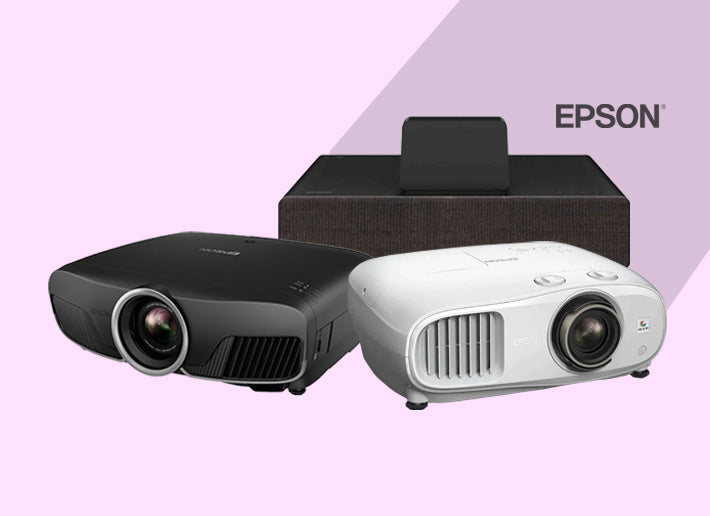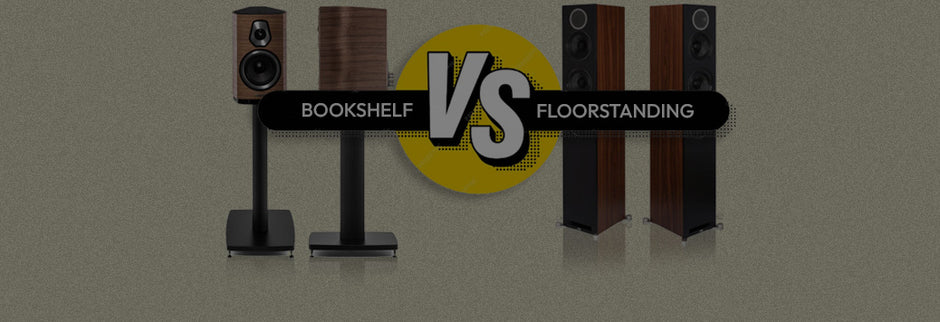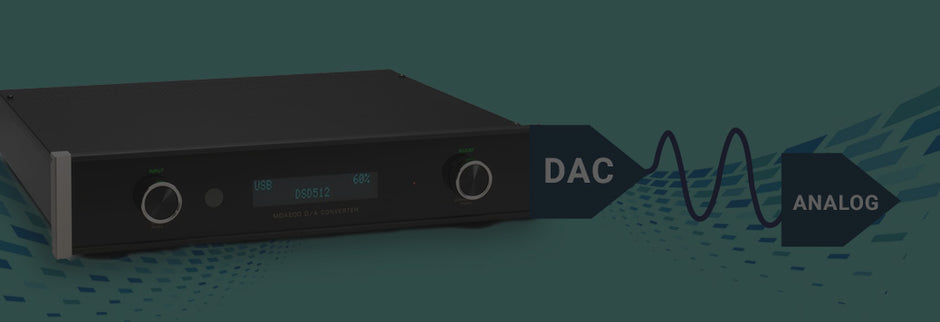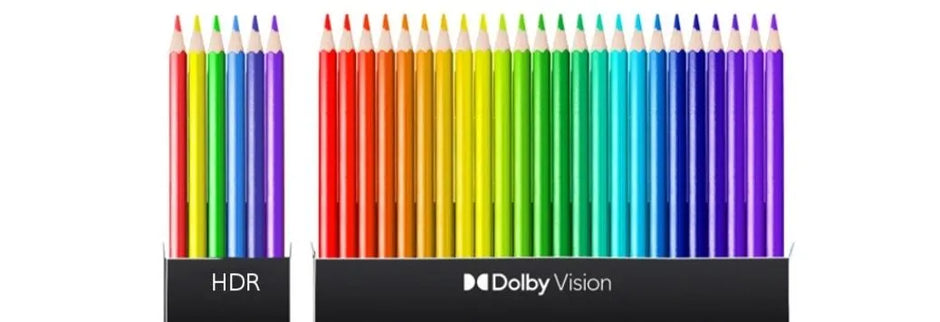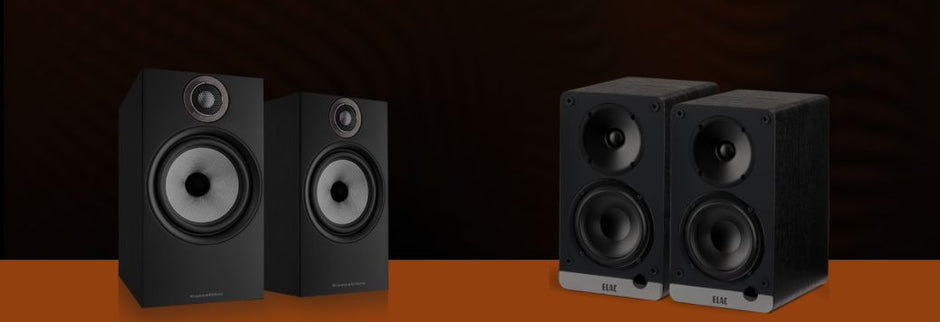If you are a music lover, a movie buff, or a gamer, you know how important speakers are for your audio experience. But do you know what makes a good speaker and how to choose the best one for your needs? In this blog, we will explain the key terms and concepts related to speakers and give you a brief overview of the most important traits that define sound quality and performance. By the end of this blog, you will know what to look for when buying or upgrading your speakers.
So, let's get started!
What Makes a Good Speaker
Speakers are not one-size-fits-all devices. Different speakers have different characteristics and capabilities that suit different applications. For example, if you want to enjoy a cinematic sound experience at home, you need speakers that can deliver a wide frequency range, high power handling and a surround sound effect. If you want to listen to music on the go, you need portable, wireless and battery-powered speakers. If you want to record or produce music, you need speakers that are accurate, flat and neutral. Therefore, choosing the right speakers for your specific application is crucial to achieving the best sound quality and performance possible.
The main factors that affect the sound quality and performance of speakers are the speaker design, the room acoustics and the listener’s preference. The speaker design includes the choice of materials, drivers, tweeters, crossovers, enclosures and ports whereas room acoustics include the size, shape, layout, furniture and sound absorption of the listening space. The listener’s preference involves the desired volume, balance, clarity, detail, bass, treble and soundstage of the audio. All these factors interact with each other to create a unique and subjective listening experience.
Speaker Specifications and Practical Considerations

Image credit - Sound On Sound
While these aspects are highly subjective and differ from one person and product to the next, certain metrics objectively quantify the characteristics of speakers and are equally important when contemplating a purchase.
- Frequency response: the range of frequencies that a speaker can reproduce, measured in hertz (Hz). A wider frequency response means a more balanced and realistic sound, with clear highs, mids and lows. The ideal frequency response for a speaker depends on the application, but generally, a range of 20 Hz to 20 kHz is considered good for most purposes.
- Driver size: the diameter of the speaker cone that moves air and produces sound, measured in inches or millimetres. A larger driver size means more power and volume, but also more distortion and less accuracy. The optimal driver size for a speaker depends on the frequency range, the enclosure type and the listening distance.
- Tweeter type: the speaker component that handles the high-frequency sounds, usually above 2 kHz. There are different types of tweeters, such as dome, horn, ribbon, planar, etc. Each type has its advantages and disadvantages, such as efficiency, dispersion, distortion and cost. The best tweeter type for a speaker depends on the application, the crossover point and the listener's personal preference.
- Crossover range: the frequency point at which the sound signal is split between the tweeter and the woofer (the speaker component that handles the low-frequency sounds, usually below 2 kHz). A lower crossover point means a smoother transition and a more coherent sound, but more stress on the tweeter and the woofer. A higher crossover point means less stress on the speaker components, but also more phase issues and a less natural sound. The ideal crossover point for a speaker depends on the tweeter type, the driver size and the frequency response.
- Sensitivity: the measure of how loud a speaker can play with a given amount of power, measured in decibels (dB). A higher sensitivity means a louder and more efficient speaker, but also more distortion and noise. A lower sensitivity means a quieter and less efficient speaker, but also more clarity and accuracy. The optimal sensitivity for a speaker depends on the power handling, the impedance and the listening environment.
- Impedance: the measure of how much resistance a speaker offers to the electrical current from the amplifier, measured in ohms. A lower impedance means a higher current and a louder sound, but also more heat and stress on the amplifier. A higher impedance means a lower current and a quieter sound, but also less heat and stress on the amplifier. The ideal impedance for a speaker depends on the amplifier’s output, the speaker’s power handling and the number of speakers in the system.
- Power handling: the measure of how much power a speaker can handle without damaging itself, measured in watts (W). A higher power handling means a more durable and resilient speaker, but also more expensive and heavier. A lower power handling means a less durable and resilient speaker, but also cheaper and lighter. The optimal power handling for a speaker depends on the amplifier’s output, sensitivity and listening volume.
|
Heuristic/Use Case |
Hi-fi Music Listener |
Home Theatre Aficionado |
Mixed-use in the Living Room |
|
Objective |
Pure music enjoyment, where fidelity and accuracy are high-priority factors |
Immersive movie-watching with dynamic sound |
Balanced movie and music listening |
|
Speaker Type |
Stereo speakers |
5.1 or 7.1 channel speakers |
Hybrid elements (combining elements of both hi-fi and home theatre) |
|
Considerations |
Tonal accuracy, imaging, bass, budget |
Centre speaker, subwoofer, surround speakers, power requirements |
Prioritise L&R speakers if music dominates, a separate subwoofer, tonal accuracy |
|
Example Setup |
High-quality front L&R tower speakers, streaming amplifier |
High-quality front L&R speakers, a good centre channel speaker, matching surround speakers, subwoofer, AV receiver |
Front L&R high-quality towers, good quality centre channel speaker, subwoofer, source player |
Getting the Right Sound Isn’t Just About the Speakers
When it comes to stereo speakers, their performance is influenced not only by the room’s size and characteristics but also by their placement within it. Factors such as proximity to walls, distance from each other and overall room layout play a crucial role. Interestingly, the pair of speakers that sounds fantastic in a showroom might not necessarily deliver the same magic once you set them up at home.

Here are some key points to consider:
- Room Dimensions: Measure your room before selecting speakers. The dimensions matter because they impact how sound waves interact with surfaces. Manufacturers often provide guidelines for speaker placement based on room size.
- Manual Recommendations: Most speakers come with a user manual that includes placement suggestions from the manufacturer. These guidelines can be a good starting point.
- Golden Ratio Placement: For a symmetrical, rectangular room, you can use the Golden Ratio for speaker placement. Here’s how:
- The distance from the centre of the woofer face to the side walls should be Room Width (RW) x 0.276.
- The distance from the centre of the woofer face to the wall behind the speaker should be RW x 0.447.
- Active Nodes: Pay attention to active nodes, which occur where speakers and parallel walls interact. These nodes are proportional to the speaker-to-wall distance. By following the Golden Ratio, you can minimize resonance issues.
- Near Field Listening: The near field position (where the listener’s head and speakers form an equilateral triangle) provides an excellent stereo field. Adjust the speaker angles slightly toward the listening position for optimal results.
Remember, while guidelines are helpful, trust your ears. Experimentation and fine-tuning based on what sounds best to you are essential. So, don’t be afraid to go with your gut when positioning those speakers.
Still unsure about the best way to proceed with your speaker purchase? Get in touch with one of our experts today and set up a unique system customised to your listening style!


